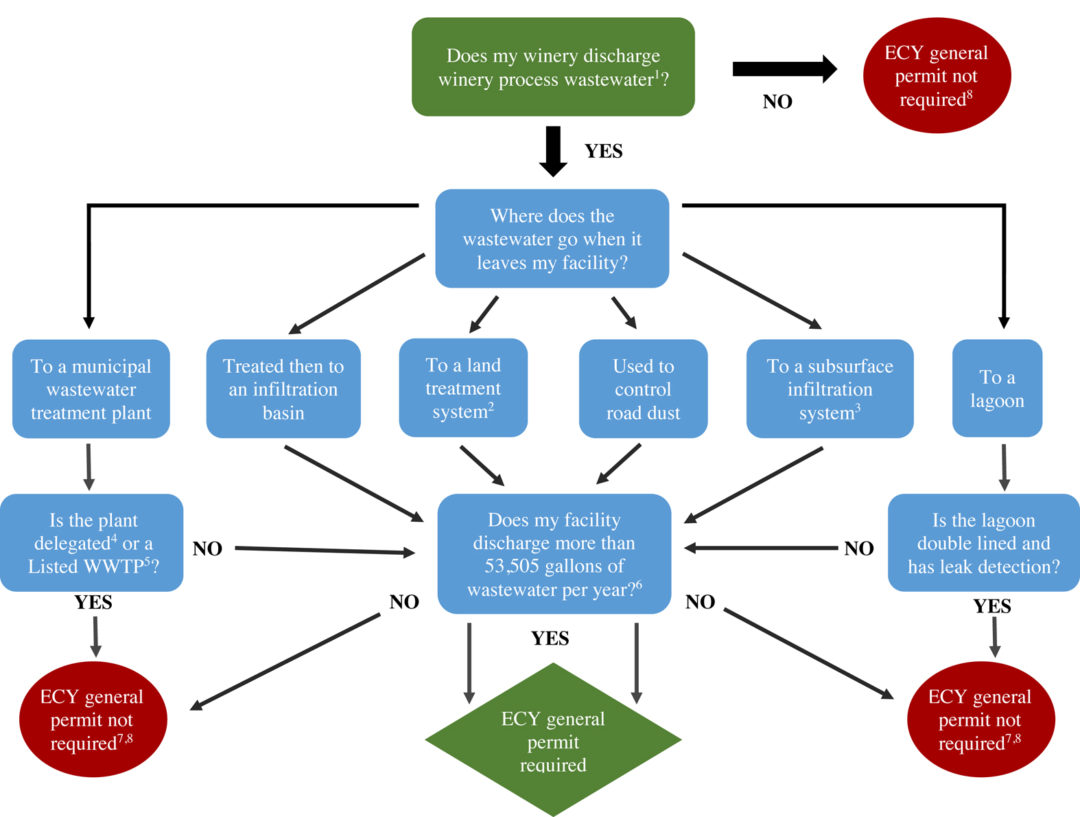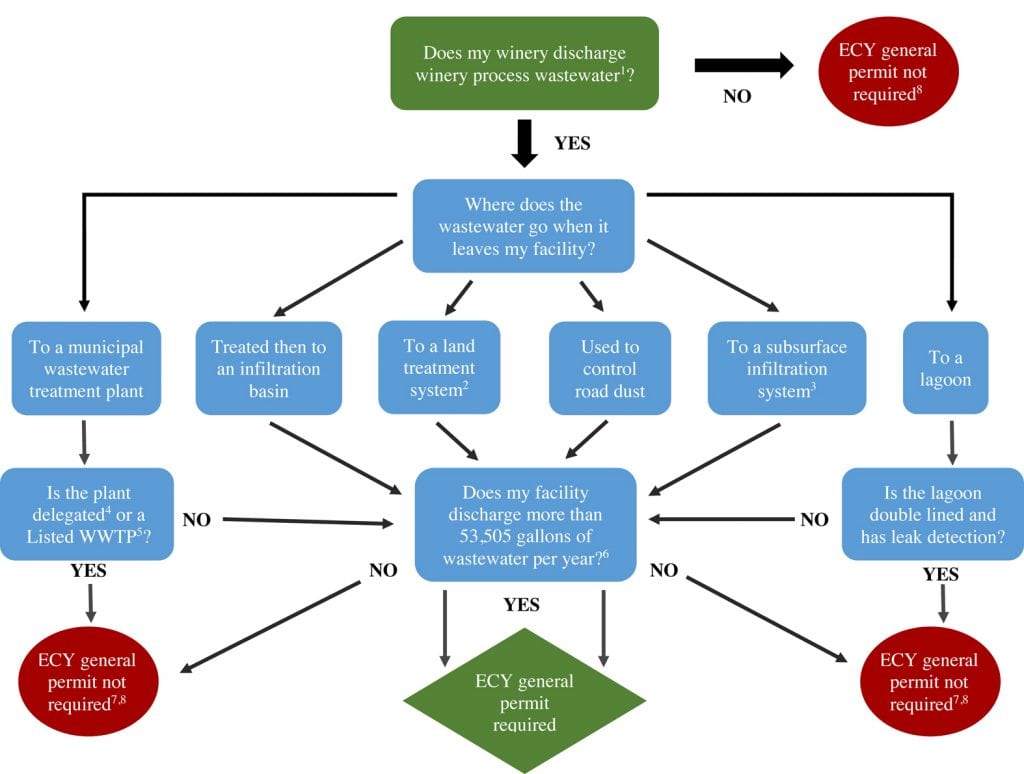
Home » New state winery permit aims to protect water quality
New state winery permit aims to protect water quality

June 14, 2018
Washington’s wineries and the state Department of Ecology have collaborated to develop the first statewide water quality permit that aims to help the industry prevent pollution and protect water quality.
This new winery general permit establishes practices to help wineries manage their wastewater by providing broad, efficient and consistent coverage. The permit is scheduled to take effect July 1, 2019.
The delayed start gives winemakers time to assess their facilities and develop a compliance strategy that best suits their business.
“We worked closely with local winemakers to develop a permit that provides environmental protection in a way that lightens the financial and operational hardship on wineries, especially for smaller wineries,” said Heather Bartlett, water quality program manager for the state, in a news release. “Most of Washington’s wineries already have good practices that protect clean water. This permit will continue that standard of eco-friendly wastewater management as this industry rapidly grows.”
Washington is the second largest wine-producing state in the nation after California. The byproduct of making wine is a corrosive wastewater that, if not properly managed, can damage soil and crops, kill aquatic life, degrade the infrastructure in wastewater treatment plants and pull metals from the soil into groundwater that can harm people, according to the state Department of Ecology.
 (Chart courtesy Washington State Department of Ecology)
(Chart courtesy Washington State Department of Ecology)The state has worked closely with the winemaking community, stakeholders and public since 2014 to develop this permit, according to officials. The permit incorporates the best practices from wineries already successfully managing wastewater and time-tested practices from California’s regulations.
A guiding principle was to provide flexibility for wineries covered under the permit and provide options for winemakers to comply. This will allow wineries to manage wastewater in the way that best suits their business.
Wineries may need coverage under the permit if they discharge more than 53,505 gallons of wastewater in a calendar year.
Specifically, these wineries will need coverage if they discharge winery process wastewater as irrigation to managed vegetation; to a lagoon or other liquid storage structure; as road dust abatement; to a subsurface infiltration system; to an infiltration basin; and to a wastewater treatment plant.
In the coming year, the state will hold workshops to provide guidance to winery representatives about how to apply for coverage, inspect their facilities, document their progress, implement best management practices and report their monitoring data to the agency.
Learn more at ecology.wa.gov/winerypermit.
Local News Agriculture
KEYWORDS june 2018





